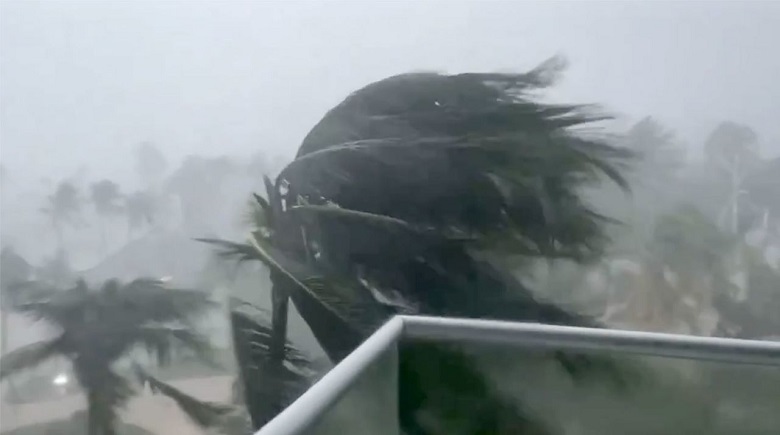Electric Aircraft Milestone: A Leap Forward in Sustainable Aviation Technology
The Netherlands recently made history with the first international flight of an electric aircraft, marking a significant milestone in the advancement of sustainable aviation technology. This groundbreaking event signals a new era in air travel, with the potential to revolutionize the industry by reducing carbon emissions and promoting environmental sustainability. The implications of this achievement are vast, affecting technological innovation, environmental policies, and the future of global transportation.
The Historic Flight
The historic flight took place from the Netherlands to Belgium, covering a distance of approximately 130 kilometers (80 miles). The aircraft used for this pioneering journey was the Pipistrel Velis Electro, a two-seater electric airplane. The flight demonstrated the feasibility of using electric propulsion for short regional routes, showcasing the potential for reducing the aviation industry’s carbon footprint.
The Pipistrel Velis Electro is the first electric aircraft to receive certification from the European Union Aviation Safety Agency (EASA), highlighting its safety and reliability. The aircraft is powered by a 60 kW electric motor and has a flight endurance of about 50 minutes with a 30-minute reserve. This makes it ideal for short-distance flights and pilot training, offering a glimpse into the future of electric aviation.
Environmental Impact
The aviation industry is one of the largest contributors to global carbon emissions, accounting for approximately 2-3% of total emissions. Traditional jet engines burn fossil fuels, releasing significant amounts of carbon dioxide and other greenhouse gases into the atmosphere. The adoption of electric aircraft has the potential to drastically reduce these emissions, contributing to global efforts to combat climate change.
Electric aircraft produce zero emissions during flight, significantly lowering the environmental impact compared to conventional aircraft. Additionally, they generate less noise, reducing noise pollution around airports and improving the quality of life for nearby communities. The success of the Pipistrel Velis Electro’s international flight serves as a proof of concept, demonstrating that electric aviation is not just a futuristic dream but a viable option for sustainable travel.
Technological Advancements
The development of electric aircraft is driven by advancements in several key areas, including battery technology, electric propulsion systems, and lightweight materials. The Pipistrel Velis Electro, for example, utilizes advanced lithium-ion batteries that provide the necessary energy density and power output for flight. Continued improvements in battery technology are essential for extending the range and payload capacity of electric aircraft.
Electric propulsion systems, which include electric motors and power electronics, are another critical component of electric aircraft. These systems are more efficient and require less maintenance than traditional internal combustion engines, reducing operational costs and improving reliability. The lightweight materials used in the construction of electric aircraft also play a crucial role in enhancing performance and efficiency.
Challenges and Opportunities
While the successful international flight of the Pipistrel Velis Electro is a significant achievement, there are still several challenges to overcome before electric aircraft can become mainstream. One of the primary challenges is the limited range and endurance of current battery technology. Most electric aircraft are currently suitable for short regional flights or training purposes, but longer flights require further advancements in energy storage and management.
Infrastructure development is another critical factor. Airports and airfields need to be equipped with charging stations and maintenance facilities for electric aircraft. This requires substantial investment and coordination between aviation authorities, airport operators, and airlines. Additionally, regulatory frameworks must be updated to accommodate the unique requirements of electric aviation, ensuring safety and efficiency.
Despite these challenges, the opportunities presented by electric aircraft are immense. The potential for reduced operating costs, lower environmental impact, and improved passenger experience make electric aviation an attractive option for the future. Governments and private sector stakeholders are increasingly recognizing the importance of supporting the development and deployment of electric aircraft.
Government and Industry Support
The successful flight of the Pipistrel Velis Electro underscores the importance of collaboration between governments, industry players, and research institutions. In the Netherlands, the government has been a strong advocate for sustainable aviation, providing funding and support for research and development initiatives. This aligns with broader European Union goals to achieve carbon neutrality by 2050 and reduce the environmental impact of transportation.
Industry leaders are also playing a crucial role in advancing electric aviation. Companies like Pipistrel, Airbus, and Boeing are investing in the development of electric and hybrid-electric aircraft, exploring new technologies and designs to make electric flight a reality. Partnerships between airlines, manufacturers, and technology providers are essential for accelerating the adoption of electric aircraft and building a sustainable aviation ecosystem.
The Future of Electric Aviation
The milestone achieved by the Pipistrel Velis Electro is just the beginning of what promises to be a transformative era for aviation. As technology continues to evolve, electric aircraft are expected to play an increasingly important role in regional and short-haul flights. This will not only reduce the carbon footprint of the aviation industry but also create new opportunities for regional connectivity and economic development.
Looking ahead, the next steps in the evolution of electric aviation will involve scaling up the technology to accommodate larger aircraft and longer flights. Hybrid-electric propulsion systems, which combine electric motors with traditional engines, are being explored as a transitional technology to bridge the gap until battery technology advances sufficiently. These systems can extend the range and capabilities of electric aircraft, making them suitable for a wider range of applications.
In conclusion, the first international flight of an electric aircraft from the Netherlands to Belgium represents a significant milestone in sustainable aviation technology. This achievement highlights the potential of electric propulsion to revolutionize air travel, reduce environmental impact, and pave the way for a more sustainable future. While challenges remain, the progress made so far is encouraging, and the continued support from governments, industry, and research institutions will be critical in realizing the full potential of electric aviation (euronews).
As the aviation industry embraces this new era, the success of the Pipistrel Velis Electro serves as a testament to human ingenuity and the relentless pursuit of innovation. The journey towards a greener, more sustainable aviation industry has begun, and the sky is no longer the limit.









